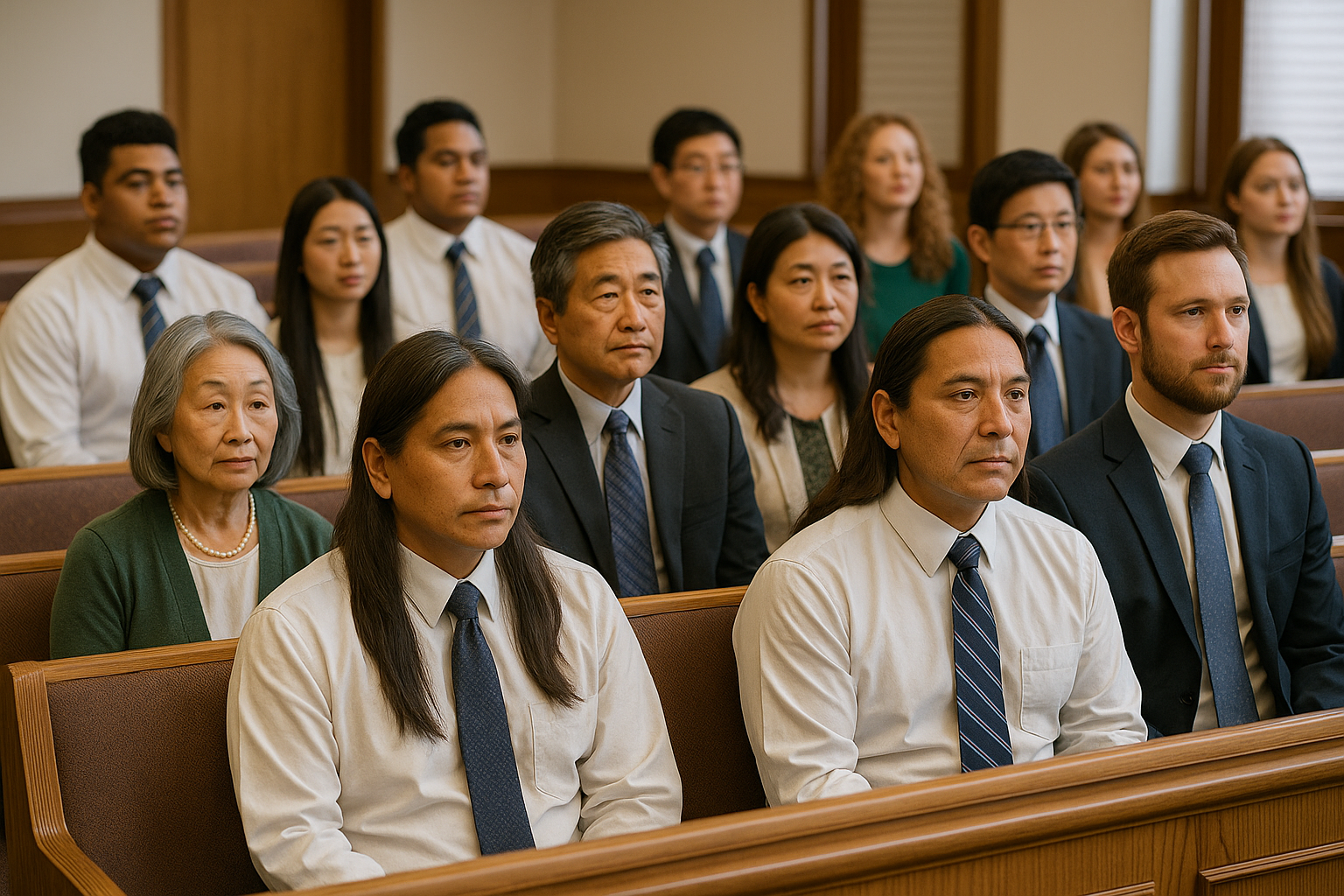-
•
•
4 responses
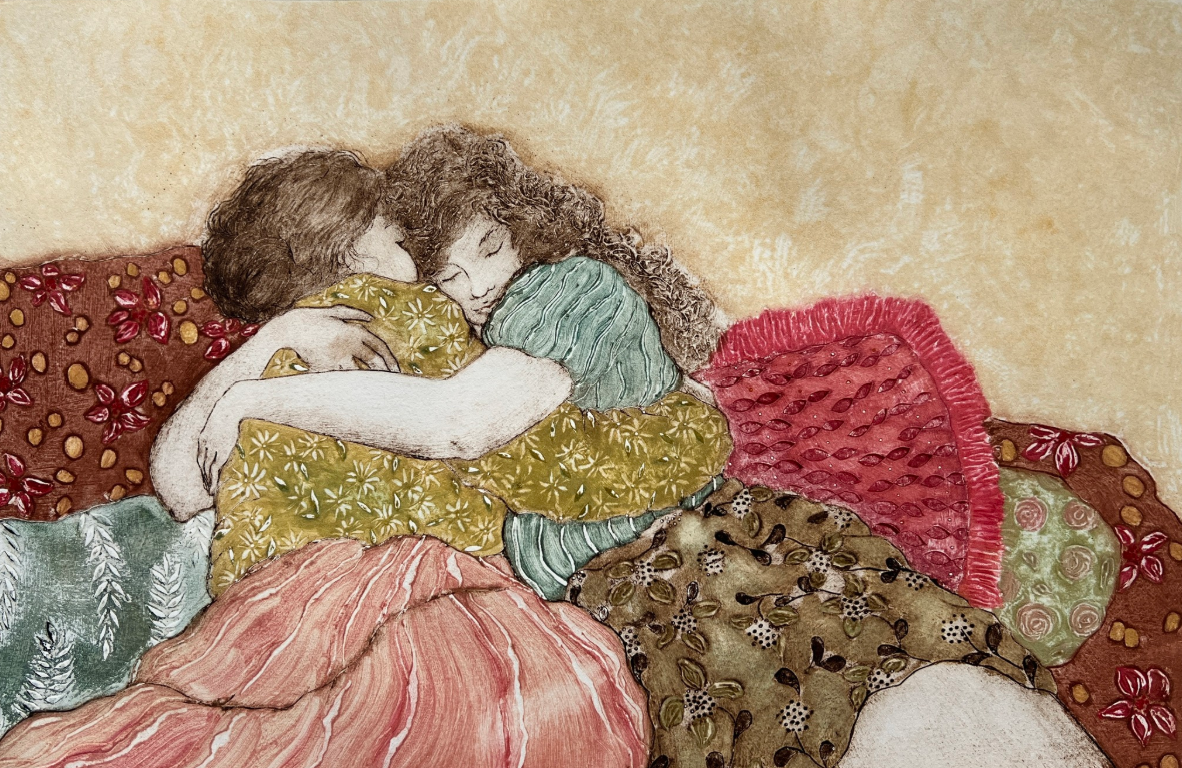
It’s hard to know how to start this series. It’s not going to be victorious. It’s not going to be about rising conqueror over our demons. It’s not going to be about the miracle of healing—at least not in the traditional sense. It’s just going to be one person’s perspective of what it’s like having ongoing—most likely lifelong—mental illness at church. As a warning, there will be references to suicide and suicidal ideation. I don’t want to pretty it up, so this will be without varnish, without cheap formulas; just raw honesty. While it will be based on my experience,… Read More
-
•
•
14 responses
Recent events have looked rather apocalyptic to me, both Israel’s wars and the US’s treatment of Latinos. Huge events seem to happen so quickly that I worry any attempt to blog about them will be old news by the time this post goes up. Trump has quite staunch support among conservative evangelicals, and I’ve seen lots of quotes, pictures, and art portraying Trump as some kind of divine tool to work for evangelicals’ agendas. Mike Huckbee’s recent text strikes me as particularly extreme. Read More
-
•
•
12 responses
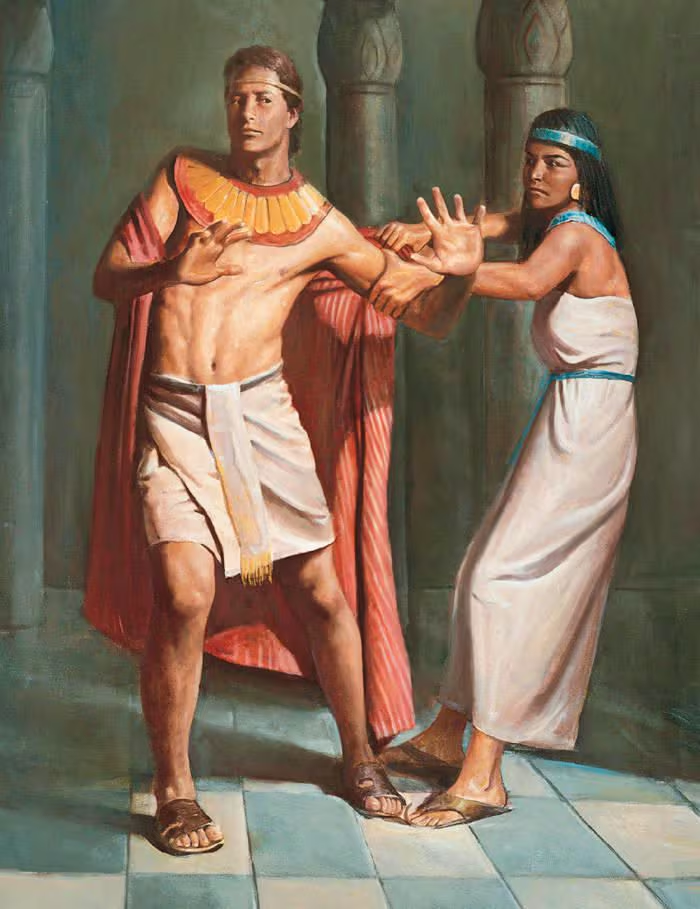
*Not* me in high school Anecdotally one of the comical side effects of the Joseph in Egypt story that hormone-driven deacons and teachers are raised with is the subtext that you have to have your commitment to the law of chastity dialed in (“remember who you are and what you stand for”) because you need to be prepared for when attractive, powerful, wealthy women will tear at your clothes and demand that you have sex with them. And then of course on some subconscious level we were probably a little disappointed when we awkwardly came of age and wondered where… Read More
-
•
•
One response
For Latter-day Saint document geeks like me, this weekend was a big moment – the Church History library released digital scans of the 1886 John Taylor Revelation and related documents (see the link here for the Church History Library). Accompanying the release, the B. H. Roberts Foundation also published a discussion of the document. I’m not going to discuss too much about it here, since I’ve already done that in the following series of posts, so I’ll encourage folks to read those for more information, along with the links provided above: Read More
-
•
•
12 responses
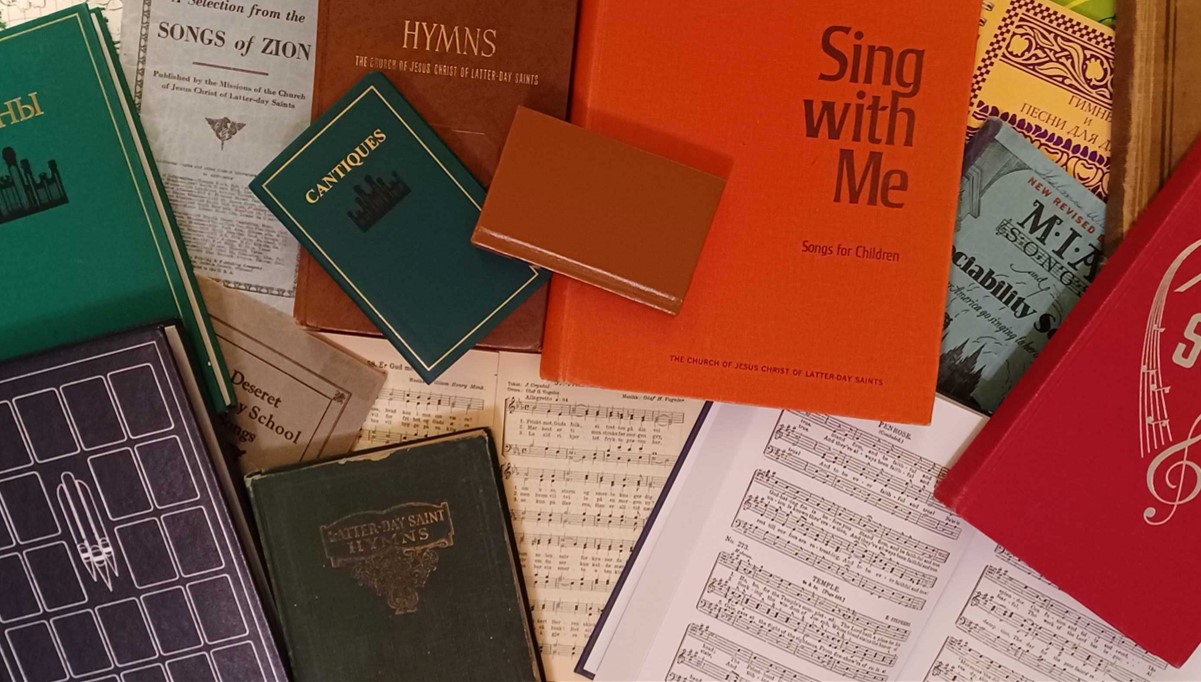
It’s been a while since I put out an update on “Hymns—for Home and Church”: The New Latter-day Saint Hymnbook, and I have some mixed feelings on the latest updates. Read More
-
•
•
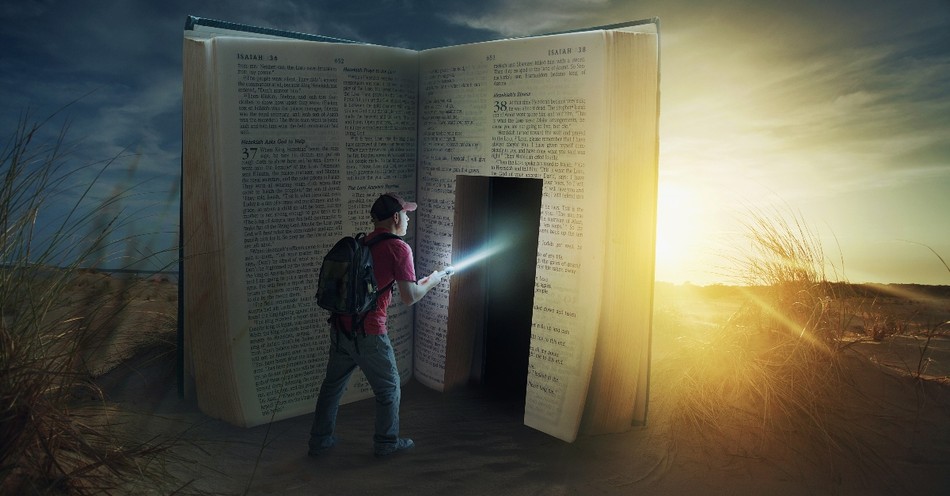
We all value the scriptures, but we don’t always understand them, and often what makes them valuable to us isn’t clear. If, as Doctrine and Covenants section 70 says, the scriptures are worth the riches of the whole earth, how is that true? What makes them so valuable? Part of the difficulty with understanding pronouncements like this is the difficulty in reading and understanding scripture. Not only is what we have a translation of a translation from a different culture with different understandings of core issues, but even when we read a text written and read in our own language… Read More
-
•
•
2 responses
I don’t remember seeing a list given anywhere of books planned for publication in 2025 in the Mormon Studies field. So, in the interest of sharing what has been published and what is intended to be published in 2025, here is the list I have been able to compile: Read More
-
•
•
17 responses
At times like these, I thinks it’s valuable to review one of the Book of Mormon’s most repeated prophecies. Quick review: Gentiles=white people. Remanent of Jacob=Natives. If Gentiles repent, they can join with the remnant. Read More
-
•
•
5 responses
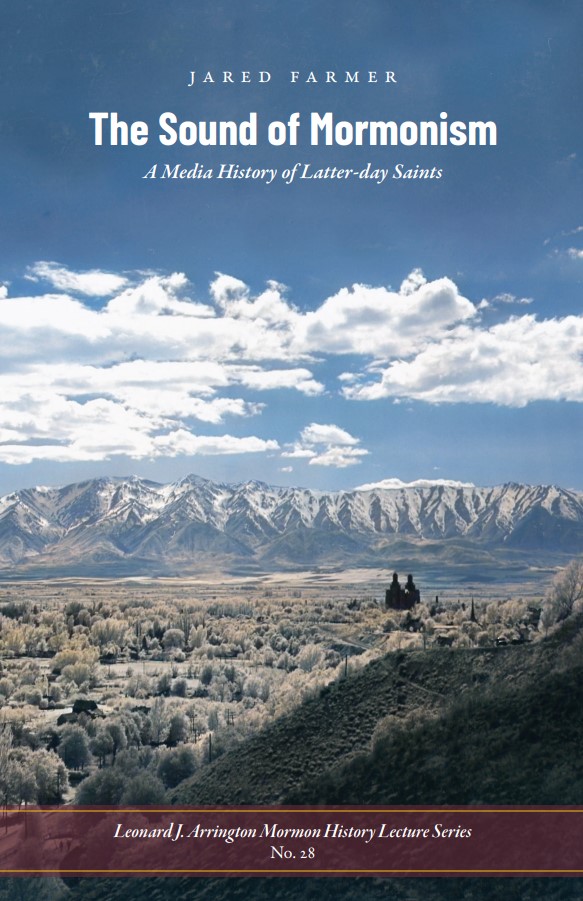
A few years back, Jared Farmer gave an interesting lecture in Logan, Utah for the annual Arrington Mormon History Lecture series called “Music & the Unspoken Truth,” which focused on the relationship between sound, religion and place, with a particular focus on Music & the Spoken Word. Since then, he has expanded the text of the lecture into a book-length treatment of the subject entitled The Sound of Mormonism: A Media History of Latter-Day Saints, which has been released as a free PDF through the Utah State University libraries and as a physical book through the Utah State University Press. Read More
-
•
•
15 responses
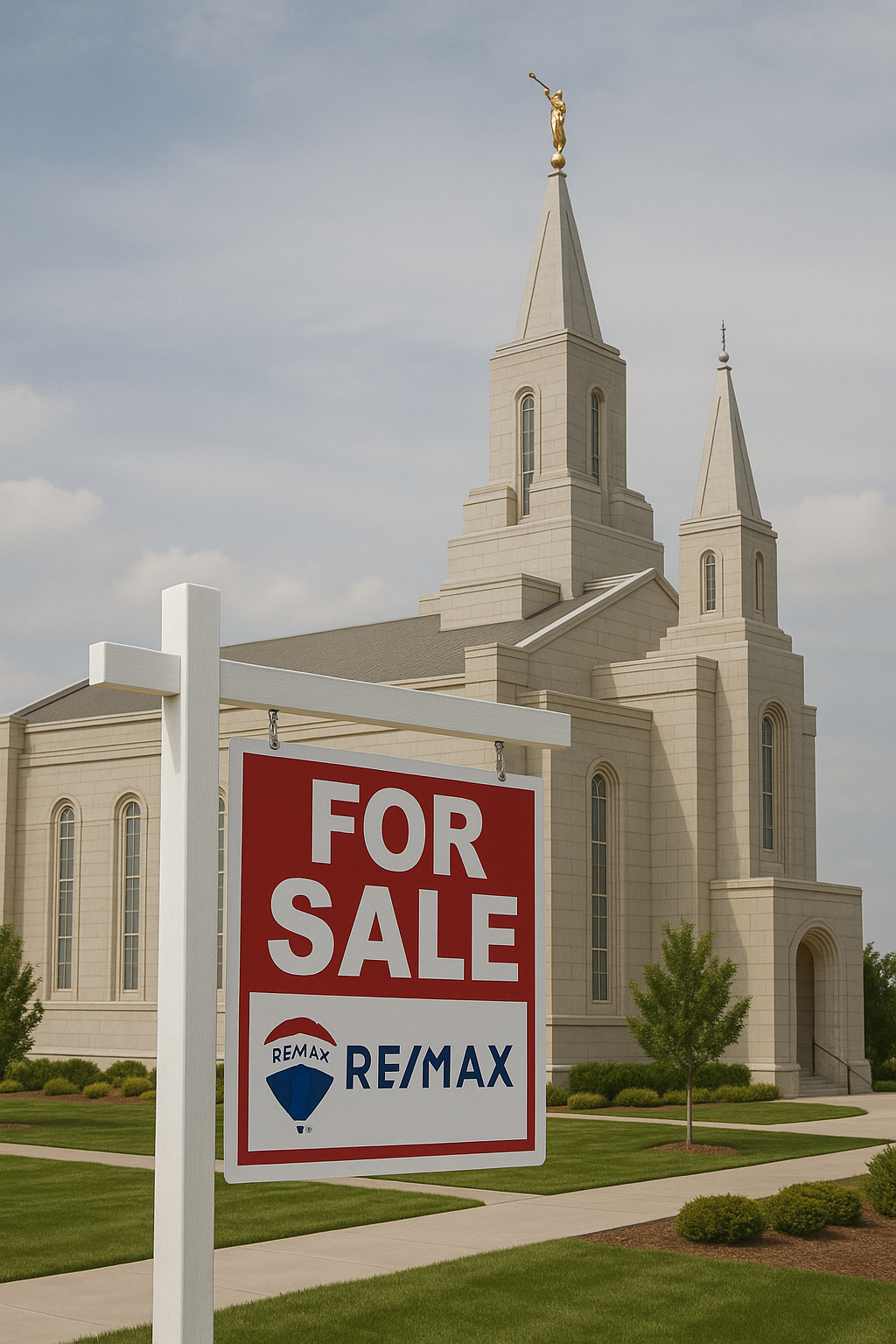
It’s no secret that some are worried that the Church is overbuilding temples. While most make some sense in terms of the Church’s goal of having a temple close and accessible to members, anecdotes abound about temples being put very proximate to other temples that are already suffering from low attendance, and in the worst case scenario the question may naturally arise about what to do with temples who through the vagaries of long-term geodemographic fate end up hardly used at all and sitting virtually empty month-by-month with perhaps a caretaker senior couple. If the worst case hypothetical comes to… Read More
-
Come Follow Me Currculum, Doctrine and Covenants, Latter-day Saint Thought, Poetry, SS Lesson – Doctrine and Covenants
•
•

What does it mean to have a “willing mind”? My first thought is that it is somehow about our attitude, how we confront or approach problems. But despite the prevalence of ‘positive mental attitude’ sayings and motivational posters, most people act as if their emotional state is something beyond their control. We act like we believe that outside circumstances determine whether we are happy or sad. But, while we act that way, the scriptures suggest we do something different, because “The Lord Requireth the Heart and a Willing Mind.” Thinking about it, that seems really difficult. Read More
-
•
•
32 responses
Anti-Latter-day Saint stigma in academia is one of those things for which there is no solid data, so all that anybody has to work off of are anecdotes. However, given that 1) we know that people in general don’t really like us, 2) we are associated with a conservative ideology, and 3) there is plenty of research that suggests that academics are systematically biased against conservative applicants and papers––ipso facto nobody should be surprised at an anti-Latter-day Saint bias in academia. But again we only have anecdotes, not direct evidence even if theoretically makes sense, so for my own contribution… Read More
-
•
•
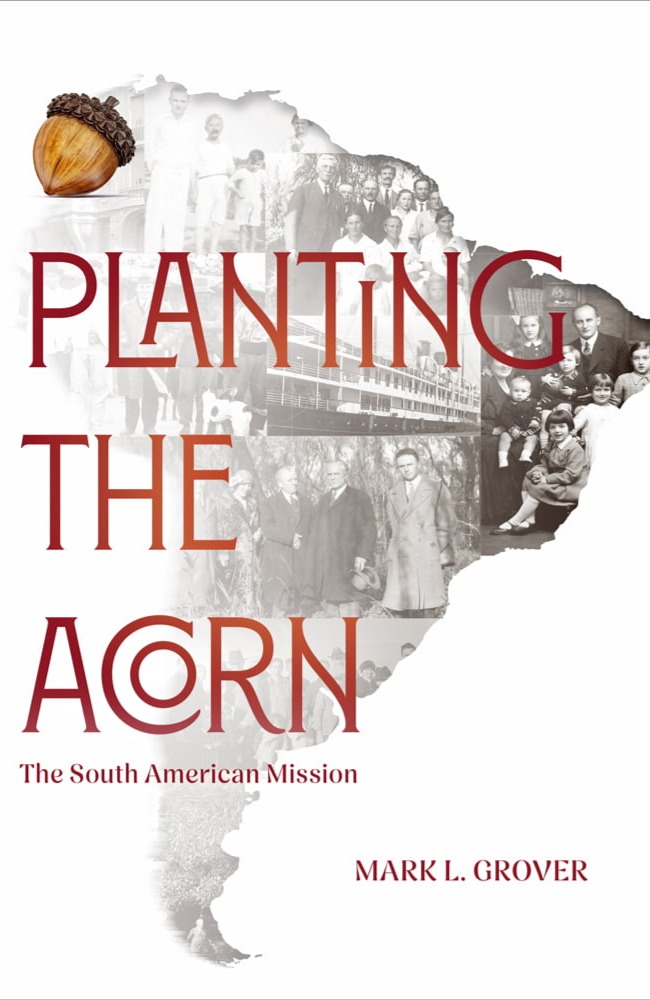
One hundred years ago this December, a group of three general authorities dedicated South America for the preaching of the gospel while establishing a mission in Buenos Aires, Argentina. Given that this year is the centennial anniversary, there are a few ways in which the Church has been celebrating, such as the repeated visits by the Tabernacle Choir at Temple Square to South America. The contribution of the Religious Studies Center at BYU to those celebrations is the book Planting the Acorn: The South American Mission by Mark L. Grover. Read More
-
•
•
18 responses

I generally consider myself pro-apologist. I think apologetics and apologists get a lot of undeserved grief in the Church (I see this as something of a pendulum swing from the 90s or so when Hugh Nibley types were rock stars that commanded huge fireside audiences). However, there have been a small handful of places where I personally found what I’ll call classical apologetics writ large to be a little coy (I’m making a distinction here between 2025 apologetics, which is more sophisticated by necessity, and, say late-20th century, “classical” apologetics). Well, actually really just two places, for all the other… Read More
-
•
•
9 responses
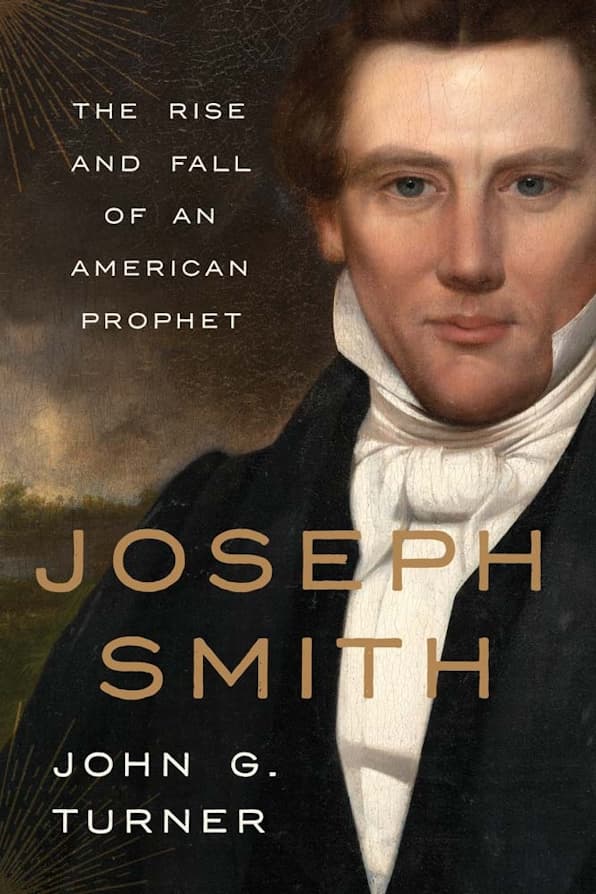
The wait for the long-anticipated biography Joseph Smith: The Rise and Fall of an American Prophet by John G. Turner is soon over. Available through Yale University Press, this is the first major biography released about the founding prophet of the Latter Day Saint movement since the completion of the Joseph Smith Papers project. It is a notable contribution to the study of Smith’s life by someone who has never been affiliated with The Church of Jesus Christ of Latter-day Saints. A lot of research went into the biography, and due to the smaller size of the book (464 Pages,… Read More
-
•
•

While the early saints from the time that the Doctrine and Covenants was written were not just constructing an institution and building a community, they were also doing the mental work of building testimony—and it looks to me like the process may have been a little different from what we go through today. Where many or most Church members today learn at home from parents or through classes at church — which we hope spark the mental work required to construct our beliefs and faith — the early members largely didn’t have those supports and instead were more dépendant on… Read More
-
•
•
5 responses
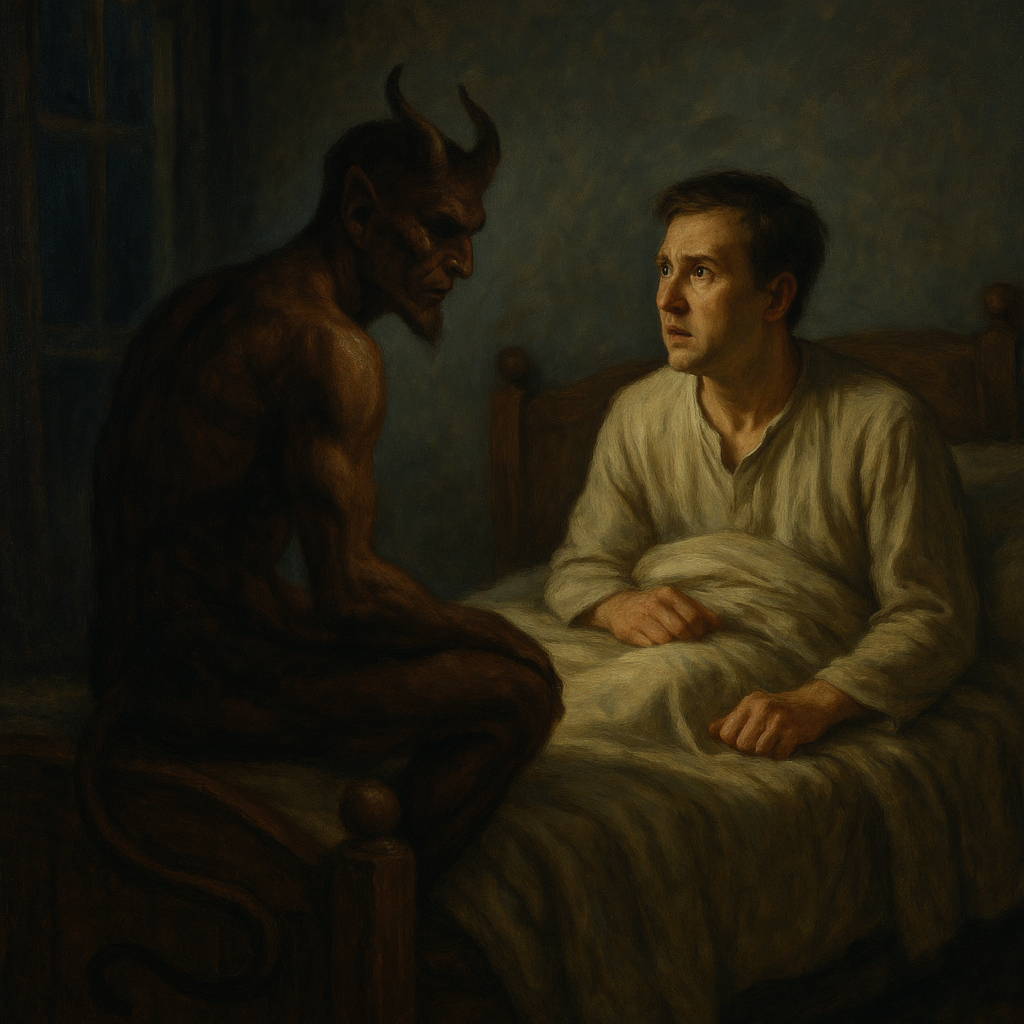
Simon, Hemopereki. “Decolonizing Lamanite Studies—A Critical and Decolonial Indigenist Perspective.” Religions 16, no. 6 (2025): 667. Read More
-
•
•
20 responses

The way the United States is treating immigrants is a terrible mistake. Read More
-
•
•
One response
One of the most important initiatives using primary sources from the Church History Library has been LaJean Carruth’s efforts to transcribe George D. Watt’s shorthand records. Her work has elucidated insights into early Utah history and the speeches of Church leaders that were previously unavailable. Over the course of her work, LaJean Purcell Carruth has learned much about those leaders, particularly Brigham Young, and has worked to share what she has learned. One example is a recent post at the Latter-day Saint history blog From the Desk on Brigham Young in his own words. In the post, she shared some… Read More
-
•
•
6 responses
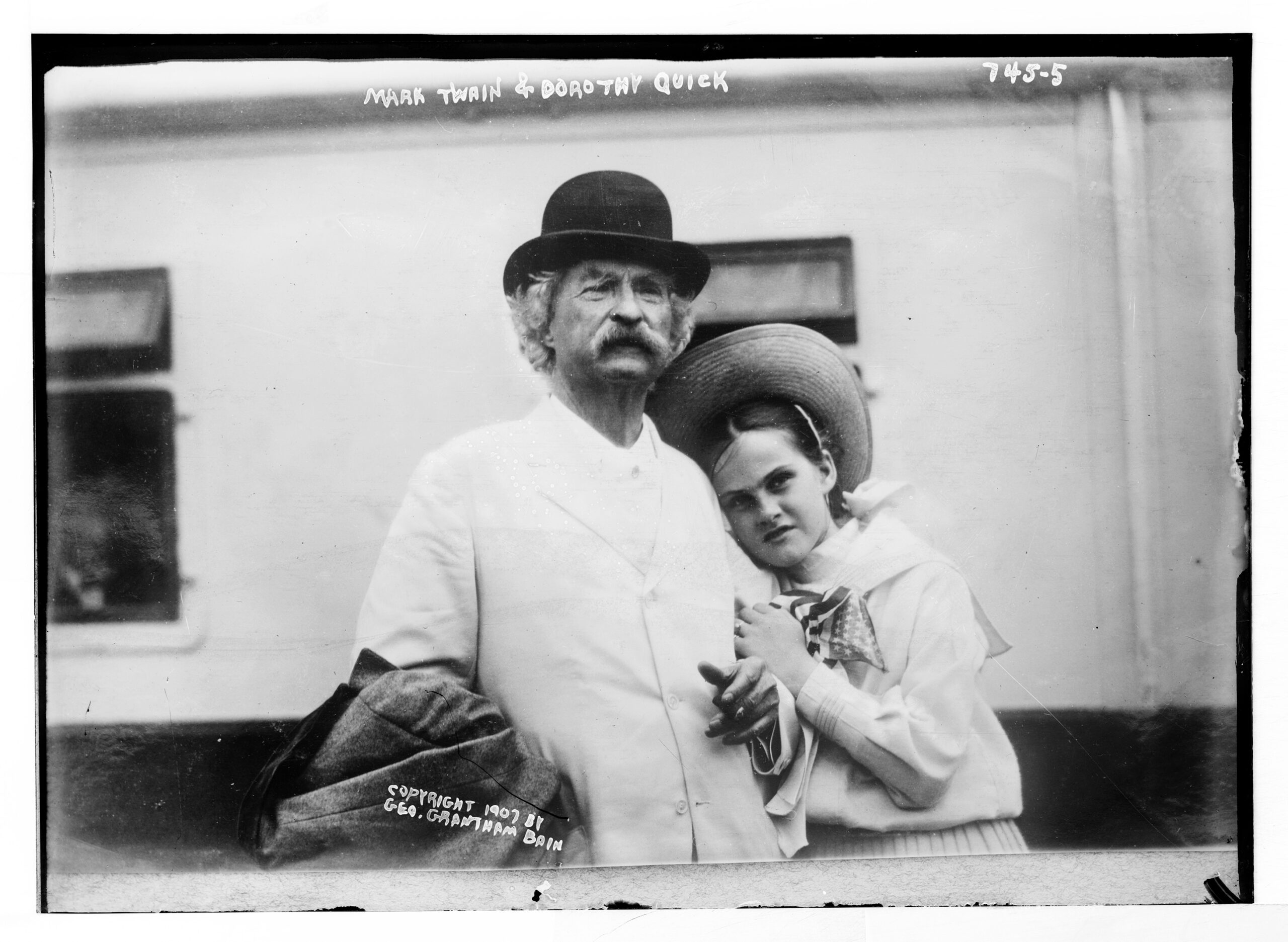
It’s perhaps a little unpopular to argue that Brigham Young got anything right about polygamy, but one place where I think he was onto something was to point out the all-too-common hypocrisy of many vehement anti-polygamists (see full quotes below). Mark Twain authored that famous jab about how ugly Mormon plural wives were–but maybe that’s because the women he collected were younger. Victorian-era Church leaders were indeed onto something about how people would preen about those awful Mormon abominations against public virtue and then visit a prostitute (London alone had over 80,000 of them, and I assume they weren’t just… Read More
-
•
•

I’ve always loved the idea of being “anxiously engaged in a good cause.” The sense of agency generally assumed from the phrase suggests that I can figure out myself good things that need doing and how to make those things happen. The idea that not everything good is planned out and my role is flexible is very appealing. Of course, that has some risk with it. Read More
-
•
•
5 responses

A series I am going to occasionally come back to on my takes on early Church primary sources that I’m reading. We have a tendency to only read secondary takes, whether a talk, book, or commonly shared anecdote, but there are often insights buried in the primary sources that don’t make it into the collective consciousness. Mormonism “Unvailed” (not to be confused with the much later work Mormonism “Unveiled” by John D. Lee/Lee’s ghostwriter) was the first anti-Mormon book. Most of it was a basic history of the Church thickly layered with invective about those scoundrelly scoundrel dupes thrown in,… Read More
-
•
•
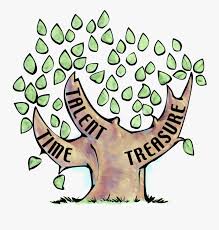
How do we define the word ‘stewardship’? In church we use it quite a lot — maybe as much as we use the word ‘responsibility’ — but since we use both and since they are somewhat interchangeable, I wish I knew of a clear statement that distinguished how we use these two terms. As far as I can tell, ‘stewardship’ is something larger, taking in more than just specific tasks or the clear responsibilities of a role. A stewardship seems more all-encompassing — and this graphic I found, which to me resonates with the covenants in the Temple, I think… Read More
-
•
•
15 responses
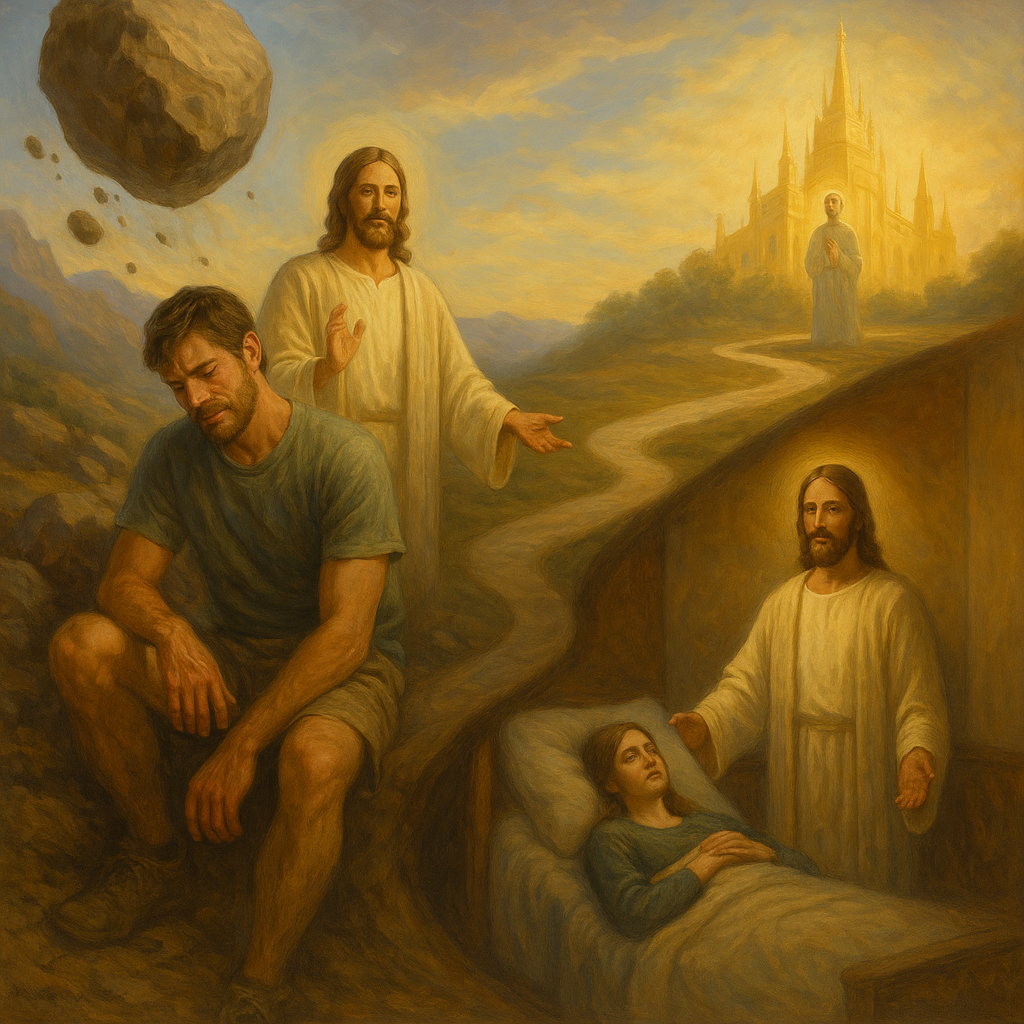
A common theme in Latter-day Saint circles, admittedly with some scriptural support (Alma 34), is the idea that what matters at the end of the day is where we are with God at the moment of our death. That if somebody lives a sanctified life but throws it all out the last week of her life then she’s in a worse place than somebody who conversely lived a non-gospel life and found Jesus at the end. That the moment of death is sort of a “pencils down” moment in the test of life. In terms of Church history, perhaps one… Read More
-
•
•
10 responses
Guest post by Joseph Green I’ve been reading with interest the new book on evolution published by BYU’s College of Life Sciences, The Restored Gospel of Jesus Christ and Evolution. (While the print version has yet to be released, a free copy of the PDF is available now on the college’s web site.) As someone who accepts the science of evolutionary biology, I fully concur with the editors’ thesis that evolution is compatible with the restored gospel. However, because I have a degree in biblical studies, I’m also interested in how the authors interact with scholarship regarding the various creation… Read More
-
•
•
One response

If “that which is of God is light,” then we all want to be enlightened; that is, brought into God’s presence and to His understanding. While sections 49 and 50 of the Doctrine and Covenants were written to ‘enlighten’ Leman Copley and others, we might also find in them other light, addressing issues for us today in addition to the unenlightened ideas that they held onto. What other enlightenment can we find in these sections? Read More
-
•
•
3 responses
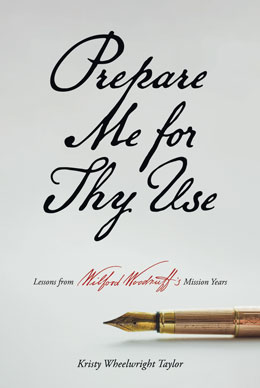
Prepare Me for Thy Use: Lessons from Wilford Woodruff’s Mission Years, by Kristy Wheelwright Taylor is a wonderful, concentrated dose of Wilford Woodruff’s life for devoted Latter-day Saints. Taylor is able to draw upon her work as board secretary for the Wilford Woodruff Papers Foundation and knowledge of the sources available through the Wilford Woodruff Papers project as well as other publications about Wilford Woodruff in compiling this book. As the title suggests, the historical narrative of the book focuses on the missionary journeys taken by Woodruff between 1834 and 1847, following a roughly chronological approach. The chapters, however, are… Read More



